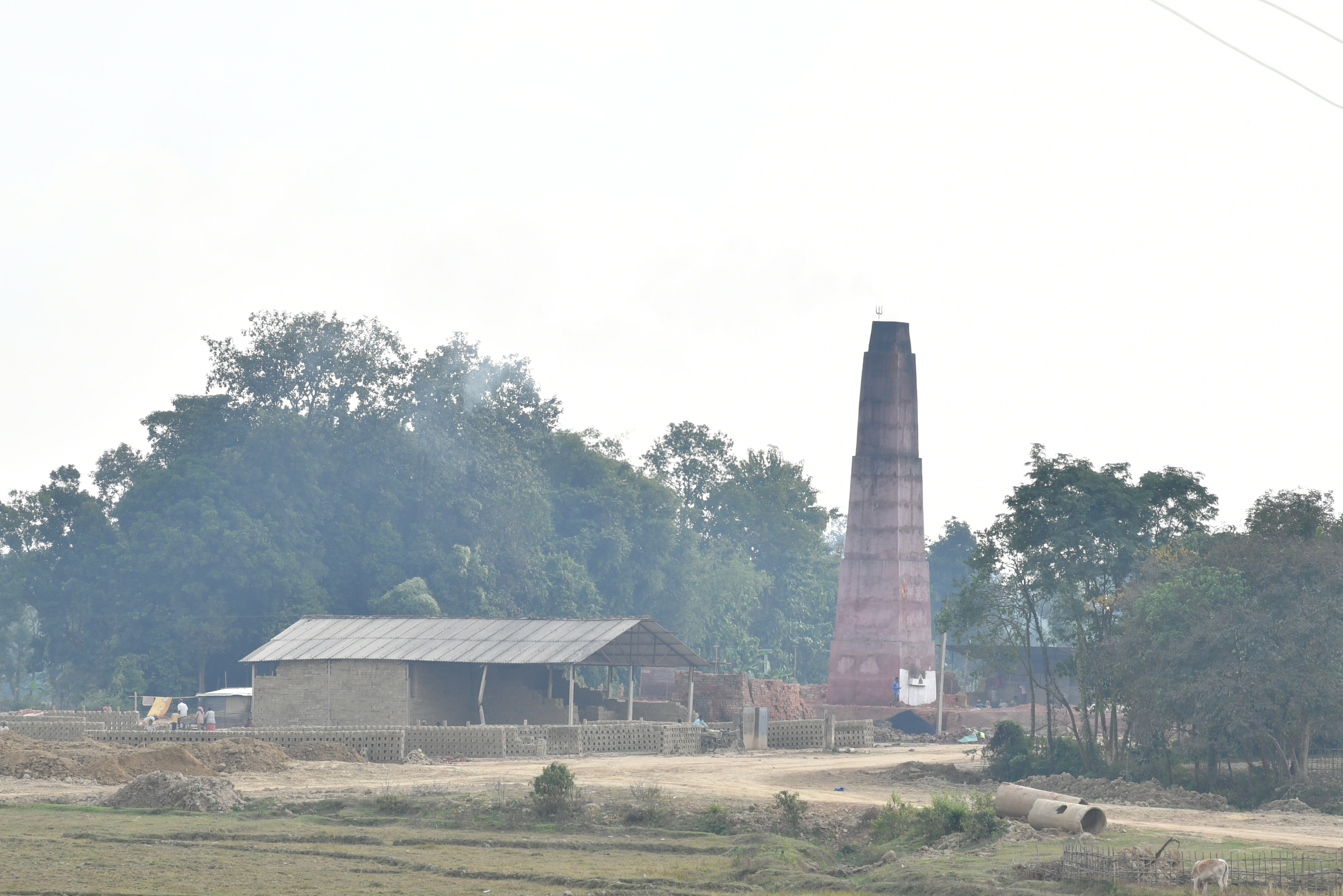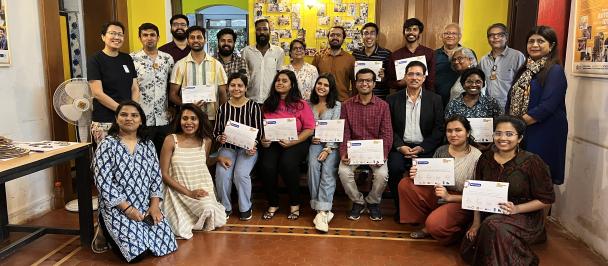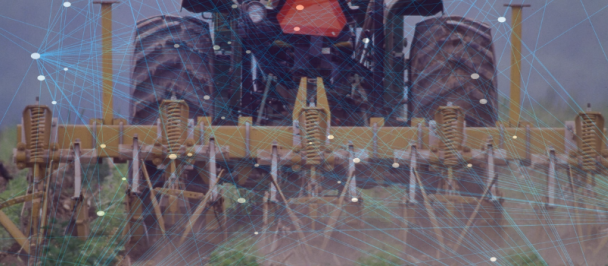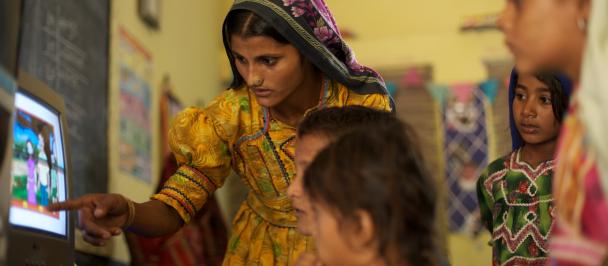by Swetha Kolluri, Rozita Singh, Krishnan Raghavan and Sona Pradeep
Leveraging Citizen Science and AI to Combat Air Pollution
December 15, 2021
UNDP Accelerator Lab’s innovative approach improves regulatory governance for combatting air pollution via Citizen Science and AI Algorithms during lockdown times.
Photo: UNDP India
Citizen science and citizen engagement are powerful means to build trust in science and leverage the vast societal intelligence and capabilities to promote innovation. Be it discovering exoplanets (astronomy), updating bird migration records (ornithology), tracking marine debris (oceanography) or identifying modern slavery hotspots, citizen scientists have contributed immensely to research and innovation across scientific disciplines.
Citizen science can offer a variety of benefits to researchers, citizens, policymakers and society. It can make science more socially relevant, accelerate new scientific knowledge, help policymakers monitor regulatory compliance and boost evidence-based policymaking.
Meanwhile, artificial intelligence (AI) is creating new possibilities that were not existing five years back. AI’s new capabilities through predictive intelligence, pattern detection and personalized solutions using unstructured data such as images, speech, text, video, etc. can add new value to Sustainable Development Goals (SDGs). Although AI can theoretically replace the need for manual processing, integrating people power and computer power can create hyper-efficient and complex social machines. Integrated capability successfully demonstrated via citizen science databases such as Wildbook, Zooniverse and iNaturalist are prominent examples.
Experimenting with GeoAI & Citizen Science in Bihar
In one of the experiments by UNDP India, such strategic leverage at the intersection of citizen science and AI is clearly visible. UNDP Accelerator Lab in India has developed GeoAI digital platform in collaboration with University of Nottingham to detect hotspots of air pollution using satellite imagery and object detection (Artificial Intelligence) algorithms. These object detection algorithms have been trained by large group of citizen scientists across the world volunteering on Zooniverse platform with active facilitation by Rights Lab, University of Nottingham to detect brick kilns which are hotspots of vulnerable labor and air pollution. Applying AI algorithms to this citizen science trained data, more than 47000 brick kilns across Indo-gangetic plains of India were detected and incorporated by UNDP into GeoAI open data platform. In partnership with proactive environmental regulators like the Bihar State Pollution Control Board (BSPCB), GeoAI platform aims to improve the environmental compliance of brick manufacturing industry’s which is presently causing upto 15% of air pollution across districts of Bihar.
The GeoAI platform uses novel approach of geospatial technologies, artificial intelligence and citizen science to detect the exact locations of brick kilns using satellite imagery. We are now adding more features to the platform to classify brick kilns as compliant and non-compliant ones based on image classification. Since compliant and non-compliant brick manufacturing units have distinct spatial features, image classification using satellite imagery is extremely useful. However, generating reliable training data for AI algorithms is an important challenge.
UNDP Accelerator Lab relied on citizen science efforts from digital volunteers to generate training and validation data for AI algorithms in order to improve their accuracy. The volunteers were sourced via the United Nations Volunteers online network called VFORCE. The vast network of UNV drew overwhelming response from 300-plus volunteer applications within 48 hours of posting the requirement. Selection of volunteers was done to include local youth from Bihar, gender balance, motivated volunteers with internet and computer system availability along with their willingness to perform high-intensity volunteering work. Each volunteer was given target to classify 250-300 satellite images. With active participation of officials from BSPCB and the University of Nottingham, the volunteers were trained on identifying specific features of brick kilns for segregation as compliant and non-compliant. With active facilitation and training, volunteers as young as 13 years were able to classify more than 2500 kilns within a week. The citizen science data was fed into GeoAI platform for large scale classification of brick kilns across Bihar. Such intelligence powered by both citizens and Artificial Intelligence is valuable for environmental regulators to initiate action against non-compliant kilns, facilitating targeted intervention to combat air pollution hotspots in Bihar.
Challenges, Lessons and Future potential of Citizen Science
Citizen science when combined with Artificial Intelligence has multiplier effect and can offer great acceleration to development initiatives. However, such accelerated approaches are not devoid of challenges such as - How to assure quality of work from citizens science? When applied at large scale with thousands of volunteers, how to segregate signal from noise? How to address bias? How to create appropriate incentives for volunteers? How to keep volunteers motivated and focused?
We have addressed some of these challenges in deploying citizen science to combat air pollution. Scouting volunteers from established and credible network of UNV – VFORCE helped in identifying motivated and reliable volunteers. Gender inclusion and diversity was applied in selection of volunteers which helped in addressing bias in citizen science data. Clear scoping of volunteer engagement, with continuous facilitation and moderation helped in managing volunteers expectations. Conducting training to kick start the initiative and continuous follow ups ensured quality of output. Addressing volunteer queries and establishing mechanisms for validation of volunteers work helped to segregate signal from noise and instil confidence in the output generated.
Using digital volunteers for the initial screening of satellite imagery and classifying brick kilns deploying collective intelligence has ensured excellent results in Bihar. During this journey, volunteers learnt about AI and its application for development initiatives. Citizen science has emerged as an important tool for informal and formal science education of the youth, raising the scientific literacy of citizens and promoting their employability.
Citizen science can set new paradigms in innovation and proactive policymaking through technological solutions. In this digital era, innovative approaches using citizen science and artificial intelligence are offering enormous potential for governments and non-profits to accelerate on development outcomes and speed up progress towards the Agenda 2030.
The writers are:
Ms. Swetha Kolluri is Head of Experimentation, Accelerator Lab UNDP India
Ms. Rozita Singh is Head of Solutions Mapping, Accelerator Lab UNDP India
Dr. Krishnan S Raghavan is Head of Exploration, Accelerator Lab UNDP India
Ms. Sona Pradeep is Project Coordinator, Accelerator Lab UNDP India
Video by Mr. Mohit Pandey, Intern, Accelerator Lab UNDP India

 Locations
Locations




